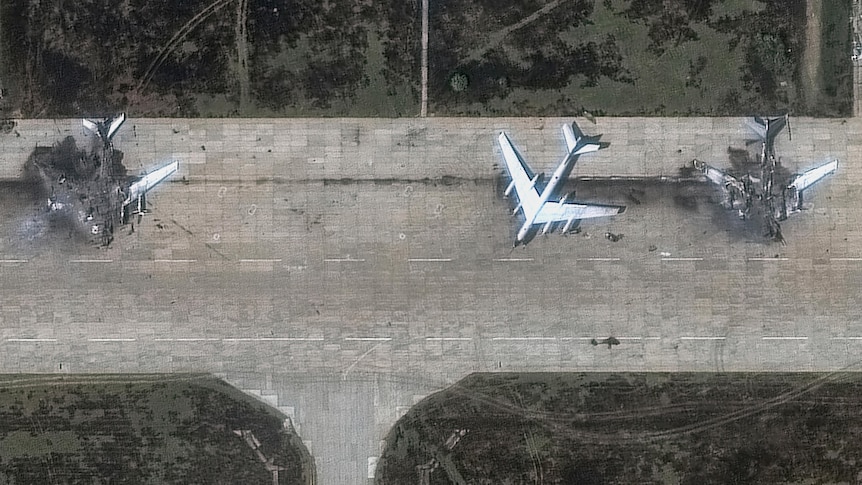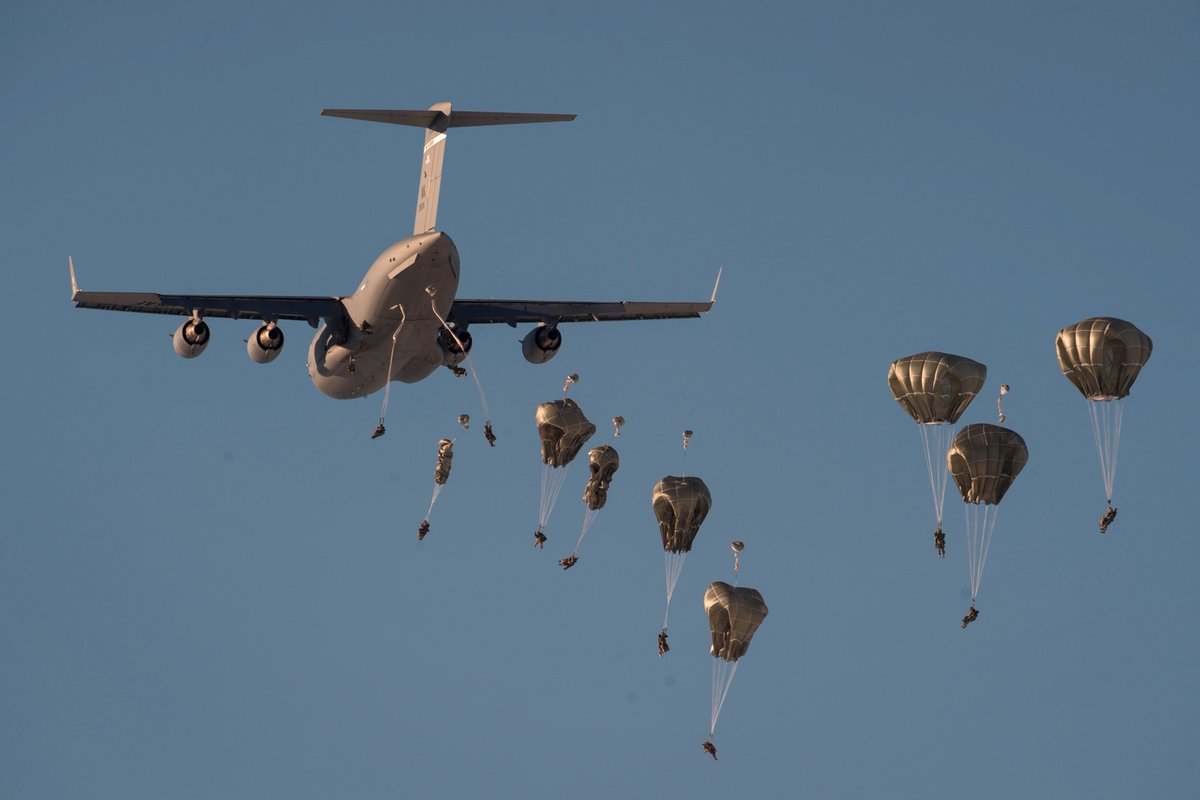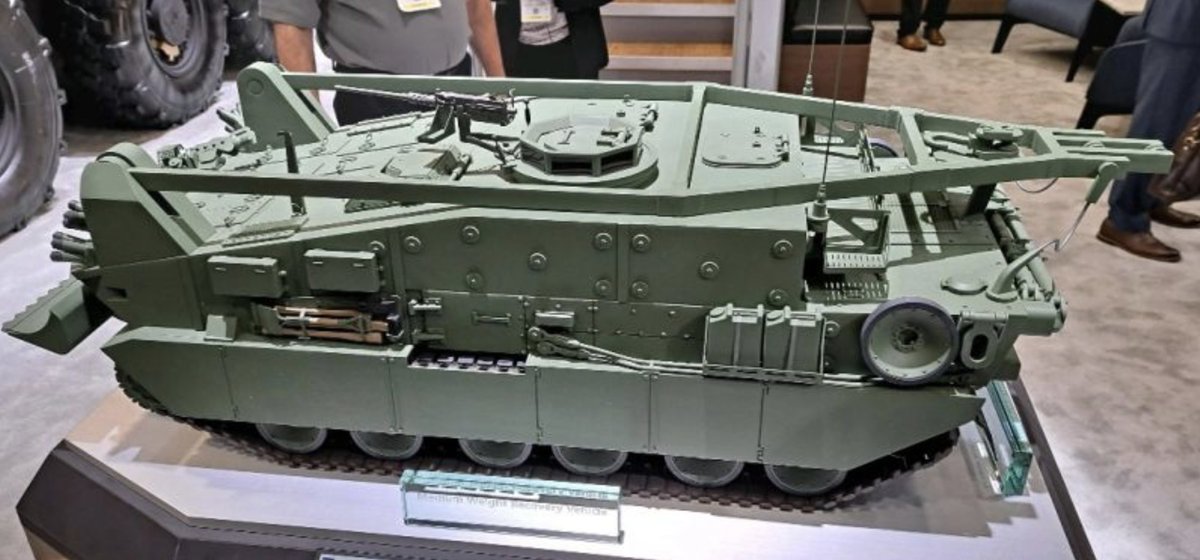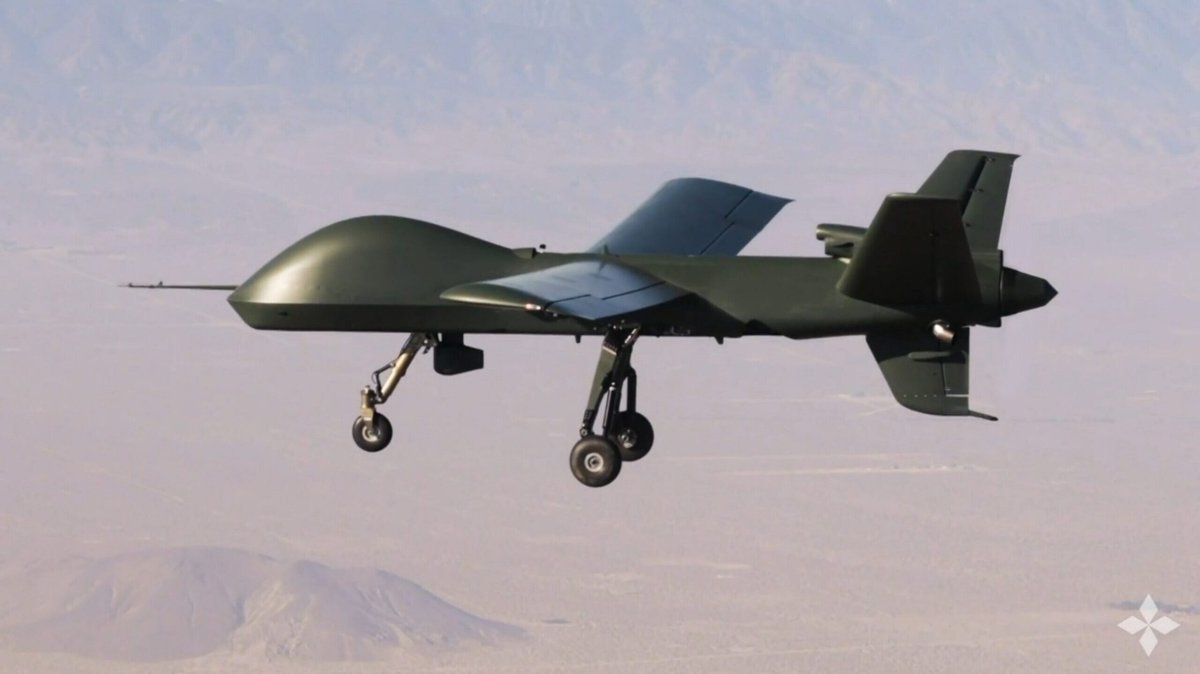DETERRENCE THROUGH MILITARY MOBILITY (Thread)
Everyone gets the Navy.
Frigates. Destroyers. Aircraft carriers. Strategic missile submarines. Attack submarines.
People know what they do.
You have a problem? Send a ship. Job done. We used to call it gunboat diplomacy.
Everyone gets the Navy.
Frigates. Destroyers. Aircraft carriers. Strategic missile submarines. Attack submarines.
People know what they do.
You have a problem? Send a ship. Job done. We used to call it gunboat diplomacy.

Everyone gets the Air Force too.
Typhoon. F-35 Lightning. P8 Poseidon. A400M. C-17A. Voyager. Chinook.
Air strikes. Delivering aid. Patrolling the skies. The RAF's role is easy to understand too.
Typhoon. F-35 Lightning. P8 Poseidon. A400M. C-17A. Voyager. Chinook.
Air strikes. Delivering aid. Patrolling the skies. The RAF's role is easy to understand too.

But what about the Army?
It sat unused in Germany for 50 years with tanks that couldn't be moved anywhere quickly. Then it fought two wars that seemed to have little direct impact on UK security. So people rightly question what is the Army for?
It sat unused in Germany for 50 years with tanks that couldn't be moved anywhere quickly. Then it fought two wars that seemed to have little direct impact on UK security. So people rightly question what is the Army for?

Having the bulk of the Army based in Germany was justifiable when the Soviet Union was the only serious threat. But an Army stuck in Germany cannot easily be deployed elsewhere. Today, unfortunately, we face multiple threats, so the Army needs to be more deployable. 

This is not to say that heavy armour is unimportant. We still need it if we are to counter well-equipped peer adversaries. We just don't need so much of it. 

What we do need is a mobile force that can self-deploy under its own steam. This means more protected wheeled vehicles. The Strike Brigade concept was recognition of this evolved need. The Integrated Review will now build on this to create an Army that is much more usable. 



Deployability is not just about acquiring vehicles like MIV and MRVP, its also about building logistical and other support structures that sustain the Army in the field - something we have always been quite good at. 

What we are moving towards is an agile army that deters by being able to react rapidly across multiple scenarios:
The Baltic States.
Mali.
The Middle East.
And most important situation of all...
The serious threat that jumps out of nowhere and requires an immediate response.
The Baltic States.
Mali.
The Middle East.
And most important situation of all...
The serious threat that jumps out of nowhere and requires an immediate response.

At its heart, the Integrated Review is about deterrence through military mobility. If it succeeds in modernising the Army so that it has the same degree of utility as the Navy and Air Force, it will be a resounding success. 

• • •
Missing some Tweet in this thread? You can try to
force a refresh





















